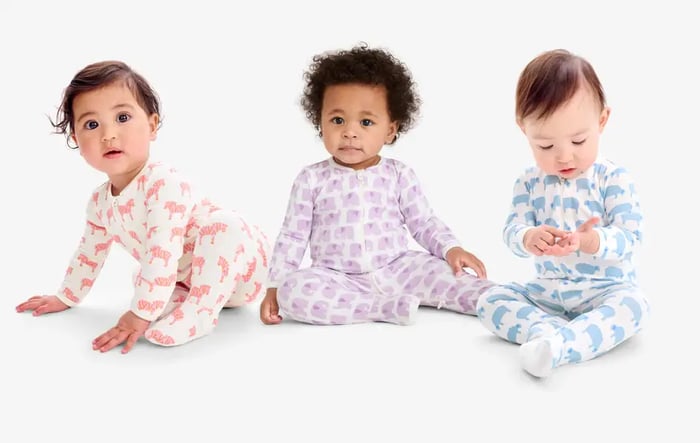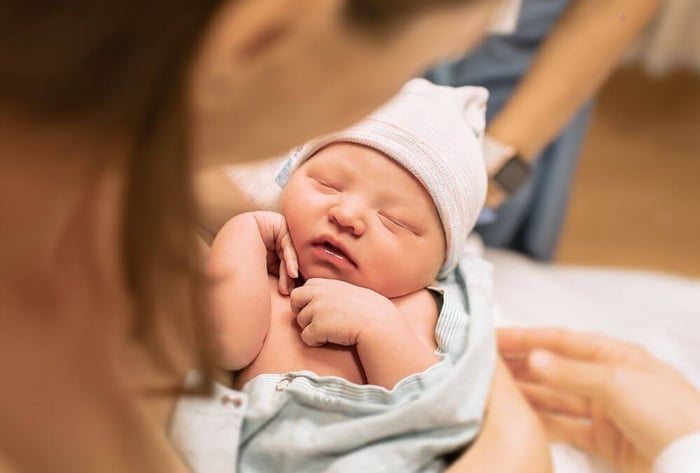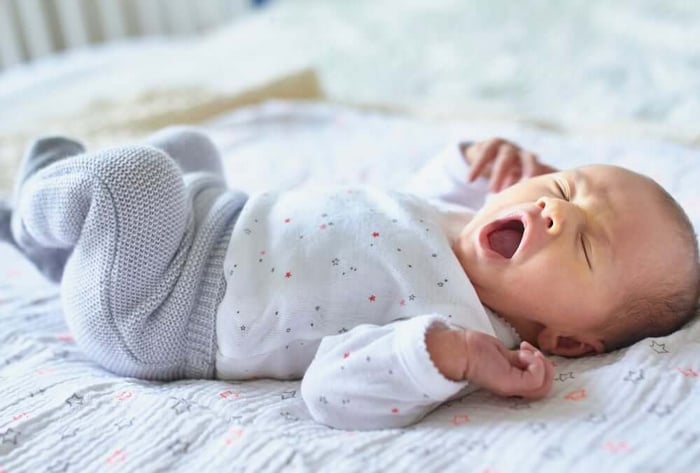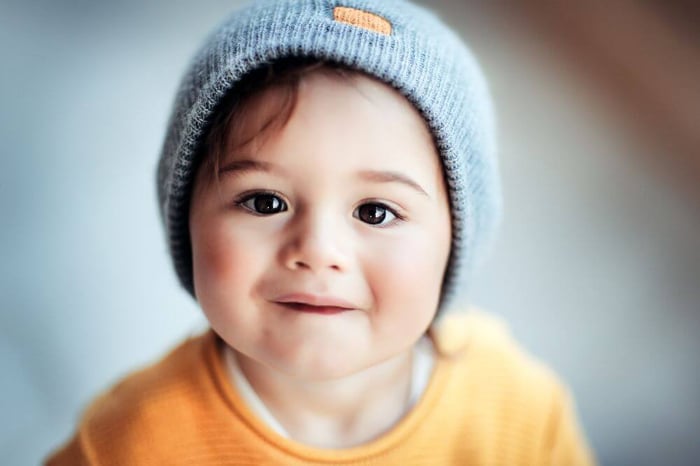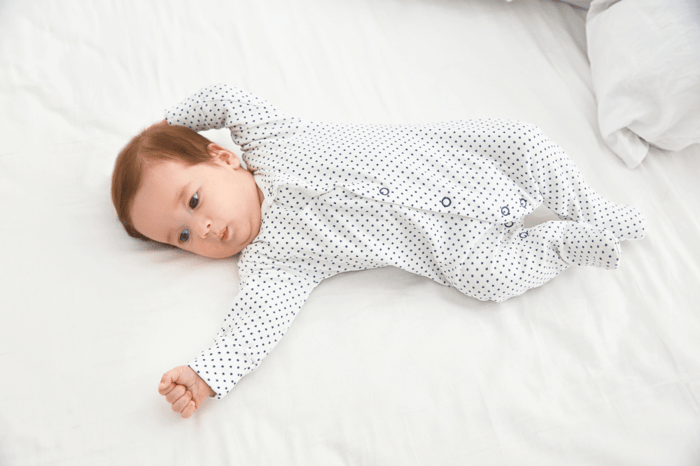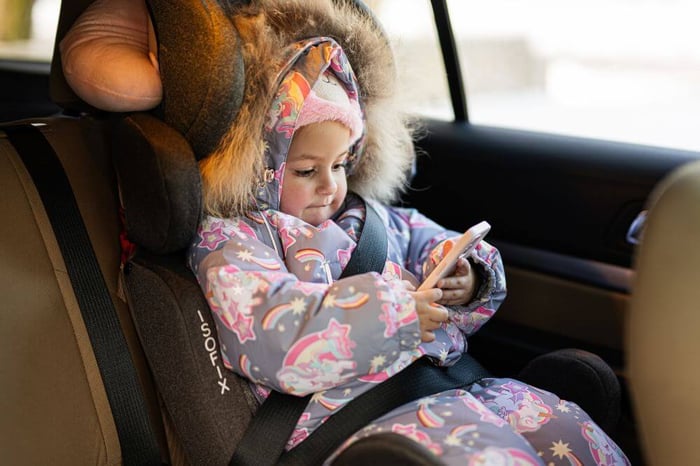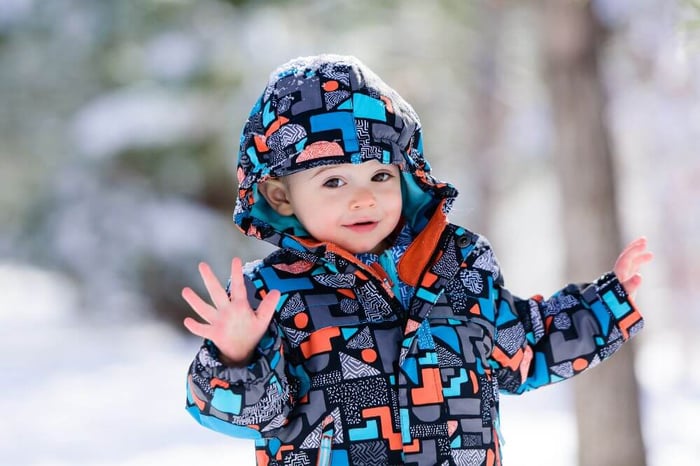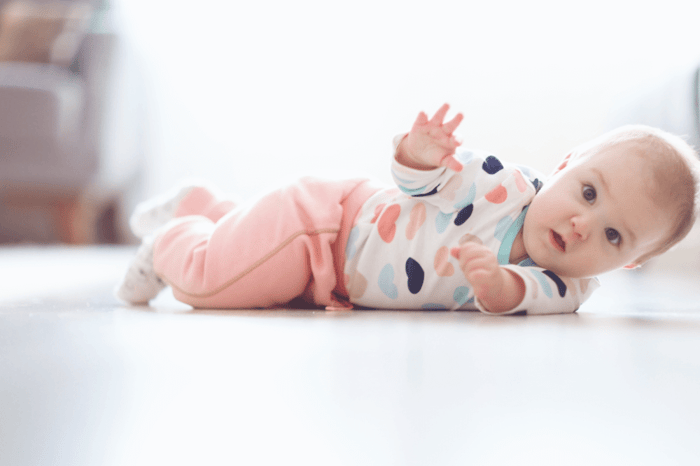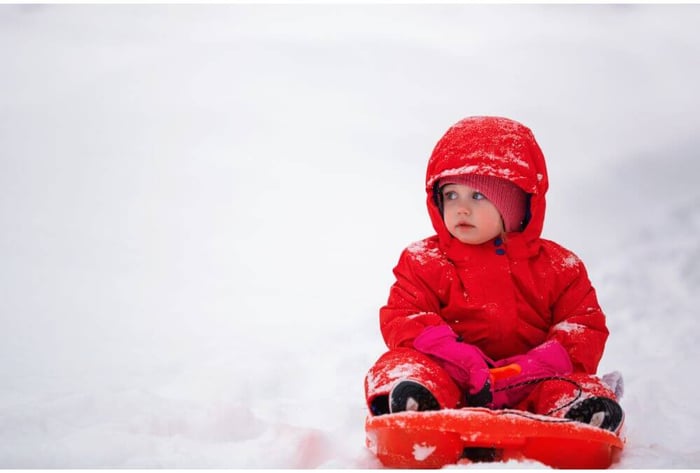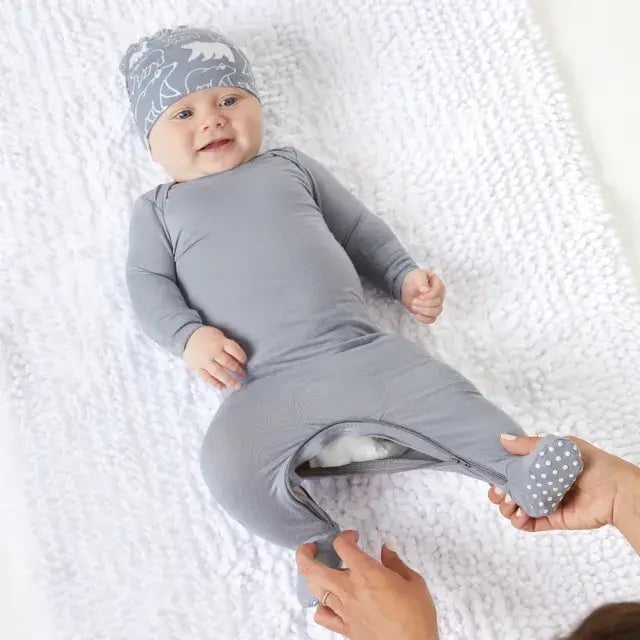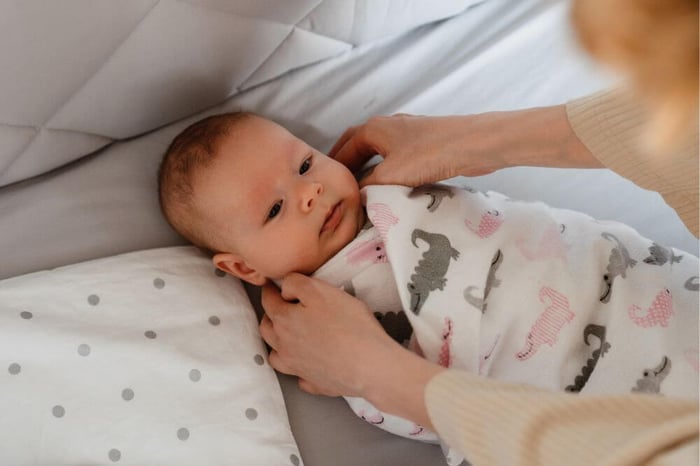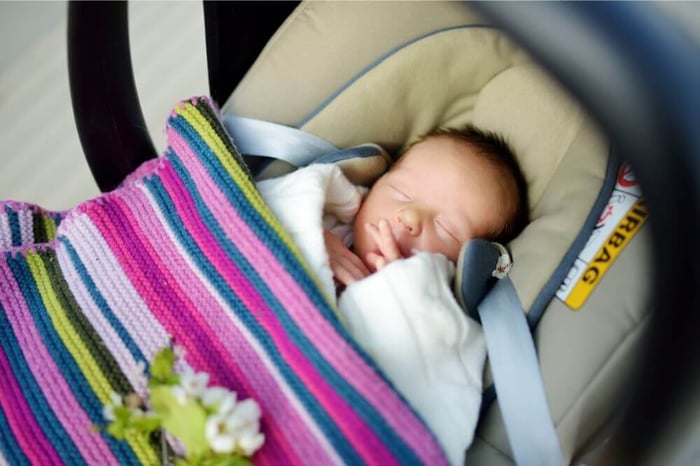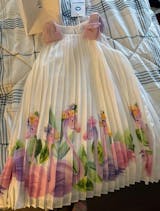Are you staring at a mountain of baby clothes, wondering if you’ve gone overboard?
Welcome to the world of newborn clothing! As you prepare for your little one’s arrival, you might find yourself puzzled about how many footies you actually need. Let’s dive into this essential question and help you stock up smartly.
Every baby needs newborn footsuits. These are single attires that cover your baby, starting from the neck and going all the way to his toes. They provide warmth and convenience and make changing diapers easy. But how many do you really need? Let’s find out!
What Are Newborn Footies?
Newborn footsuits are lengthy apparel that contain poppers or zips that cover every part of your child's body other than their head and hands. Many times, they have built-in feet and this gives rise to the term "footies.” These can be made from different materials, such as soft cotton or warm fleece.
- Some characteristics of newborn footies include:
- Snaps for easy access during nappy changes
- Feet in order to keep toes cozy
- Stretchy fabric for comfort and easy movement
- Most will include mittens to stop scratching
Footies offer advantages both to babies as well as parents, providing a snug fit while making it simple for tired mothers or fathers who have lost patience with dressing a small child in all separate clothes; instead, just put on one piece.

Factors Affecting How Many Footies You Need
Several factors influence the number of foot suits that should go in your kid's wardrobe:
Frequency of laundry: If laundry is done daily there will be less demand for more footsuits compared to once-a-week laundry.
Climate and season: Newborns born during colder seasons will require extra footsuits compared to those born during hotter seasons.
Infant’s size and rate at which he or she grows: Some babies quickly outgrow their newborn clothes, while others will be in them for a longer time
Way of feeding: For breastfed babies, it is common to change them more often when they spit up.
Family choices are diverse; some parents can change their baby's apparel several times in 24 hours, while others may find one change every day sufficient.
Take these points into consideration when deciding how many footies to buy for your child. Note that the needs of every family differ!
The Magic Number: A General Guide
So, how many newborn footsuits should you have? Although an exact number does not exist, here is a general guideline:
• Minimum: 6-8 foot suits
• Ideal range: 10-12 foot suits
• Maximum: 14-16 foot suits
With a minimum of six pieces, you can make a daily outfit change plus additional items for those unexpected messes. The ideal range is more flexible, and the maximum works for those who like changing outfits frequently or don’t have much time for washing clothes.
Remember that newborn babies grow rapidly! Do not get too many small sizes; instead, go for a mixture of newborn and zero-three months sizes to cover your baby’s growth process adequately.
Quality vs. Quantity
When it comes to newborn footies, quality matters as much as quantity, as indicated by;
- Long-lasting materials are made from strong fabrics that can be washed repeatedly.
- The best type of fabric is soft and breathable, thus having positive effects on the infant inside it.
- Good quality suits will last longer, withstanding wear and tear associated with constant use.
Choose organic cotton-made onesies or those made from bamboo, which are known to last long due to high-quality blends since they will be gentler on your baby’s skin.
In addition, one must reckon with things like:
• Strengthened snaps or zippers
• Two-stitched hems
• Easily wipeable fabrics that repel stains
Instead of purchasing several cheap footies that wear off soon, it could be more economical to invest in some high-quality ones.
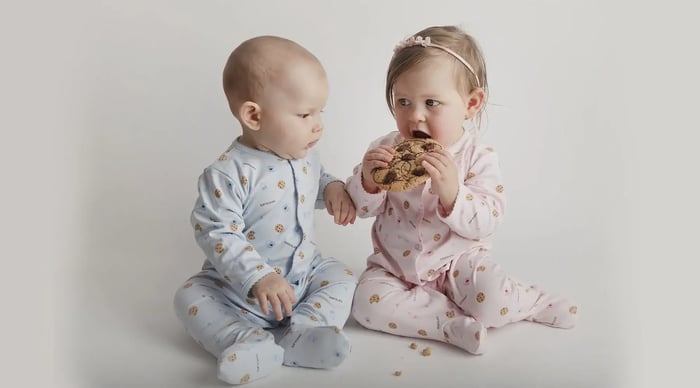
Sizing Considerations
When buying newborn footies, picking the right size is very important. Here’s what you should know:
Newborn Size Range
Usually, newborn sizes are suitable for babies weighing up to 8-9 pounds and measuring 21.5 inches long. However, brands differ slightly in their sizing.
When to Size Up
Here are some indications that you may need a bigger size next time:
- Snaps or zippers struggle to close
- Footies ride up as the baby moves
- Legs and arms appear too short
- Choosing the Most Suitable Size
Confirm that what has been indicated on the label is appropriate for both length and weight.
- Based on your baby’s expected birth weight
- Have a mix of newborn and 0-3 month sizes ready.
Remember, it is best to have footies that are slightly larger than those that are too small. As you know, babies grow quite fast; thus, having slightly bigger sizes gives you more wear time.
Types of Footies to Include in Your Collection
Variety is the spice of life, even when it comes to your baby's wardrobe! While you do not need a large variety, having different kinds of footies can be useful and interesting.
Begin with a foundation of plain, solid colors. These options work for all occasions, plus they can easily be matched with accessories. Common choices include white, grey, and pastel tints.
Add some patterned footies for a bit of personality in your baby's outfits. Your little one’s closet could be brightened up by stripes, polka dots, or cute animal prints.
Seasonal varietals should also be remembered. For summer days, light ones made from breathable fabrics come in handy, while during winter, fleece ones will keep the baby warm.
Lastly, think about one or two special occasion footies. For example, these might have cute sayings, holiday themes, or dressier designs for family gatherings or photos.
Care and Maintenance
Properly caring for your baby’s footies ensures their longevity and keeps your little one comfortable throughout this period. Here are some important tips:
Always check the care label before washing as most feet can be machine washed, but there are those that may require special treatment in order to last long enough.
It is recommended to use mild detergent specifically formulated for babies delicate skin so as not to irritate it. Wash new clothes before putting them on since they may have some residues produced by the fabric producers.
When it’s a stubborn spot, act fast by rinsing off with cold water as soon as possible while for resistant stains, you may want to try washing them after applying some safe baby stain remover.
In the case of drying, air drying is usually preferable in order to prevent shrinkage and maintain the quality of the fabric. If you are using machine drying, use a low heat setting.
Keep them in a cool, dry place. Organize them according to their size so that one can easily pick what they want when they are in a hurry (which is most times, especially with an infant).
Budget-Friendly Tips
To save money on newborn clothes, consider these suggestions:
Combine high-end and low-end styles. Invest in some expensive feet for daily wear and secondary ones that are much cheaper.
Ask friends or relatives for hand-me-downs. Most second-hand feet will be in great condition because babies grow too fast. Make sure they are clean and free of damage, though.
Watch out for sales. These usually occur at least once per year; hence, there is the possibility of getting good deals on baby clothing, particularly during end-of-season clearance sales events. Sign up for newsletters from your favorite baby stores to find out about upcoming offers before anyone else does.
If you find a deal that suits your needs, then go ahead and buy many pairs all at once. Remember to watch the sizes closely because your baby will grow very fast, so do not have too many small sizes.
Lastly, consider buying multi-packs as these often offer better value than purchasing individual pieces, especially if it's just basic styles that you will use more often than others.

When Should You Get New Footies?
Even with the best care, footies won’t last forever, but how do we know when they need changing?
Look out for signs of deterioration, e.g., faded colors, frayed edges, or loose snaps means it’s time to retire that footie.
Observe your babies’ growth. If the footie feels too tight or imprints on your baby’s skin, it’s time to size up.
Take into account the time of year. As seasons change, lighter footies are swapped for warmer ones and vice versa.
Ecological factors
It is necessary to be environmentally friendly even while considering baby clothes.
Seek out footies created from eco-friendly materials such as organic cotton or bamboo, which are better for both you and the Earth.
Don't overbuy to reduce waste. Stick with what you really need.
Do not throw away your baby's footies when he or she outgrows them; here are a few things you can do with them:
- Donate to charity
- Give to acquaintances who have just had children
- Use as cleaning rags, make crafts, etc.
Being thoughtful in this respect will reduce the environmental impact while still making sure your baby remains stylish and cozy.
Maximizing Your Newborn Footie Collection
Streamlining your every day activities by arranging the newborn’s footies effectively is crucial. Try and create a simple system that will work for your space and life. Oftentimes, having easily accessible drawers or shelves where you can arrange the footies according to their sizes or colors might be helpful to most parents.
What do you need on a daily basis while planning your child's wardrobe? It is also very important to have several pairs of footies within easy reach so that if any unexpected changes occur, they will be swift, especially during the first few days of bringing the baby home from the hospital when there is so much going on at once.
As your baby gets older, you’ll probably figure out what styles suit him/her best. Some infants find zippered sleepers more comfortable, whereas others prefer snap-front onesies. Notice what makes dressing easier for yourself and changing diapers more convenient for your kid, respectively.
Simplicity is essential during the newborn stage. Although it is nice to have different cute clothes, your baby’s ease and your convenience should be paramount. Better than an overcrowded drawer of rarely used onesies will be a well-arranged assortment of useful booties.
Conclusion
Remember, every family's needs are different, so find what works best for you. Nothing lasts forever, including the newborn stage; therefore, do not forget how to dress your kid in small adorable outfits!
Do you want to buy trendy and attractive newborn footie pajamas? Look no further than Jenni Kidz! We stock a variety of designs that are both stylish and comfortable for your little one. Get there at our site or store today and pick the perfect footie pj’s for your newborn. You can never give less than the best to a child because Jenni Kidz has all it takes!

